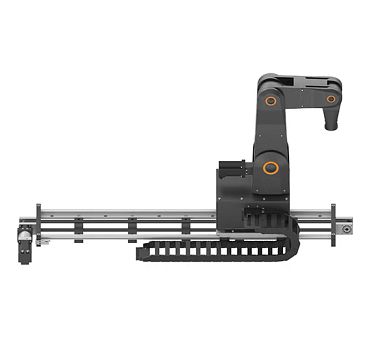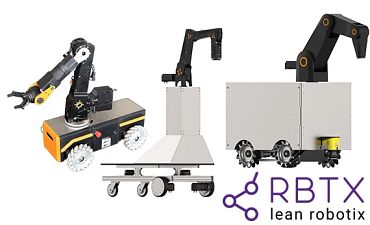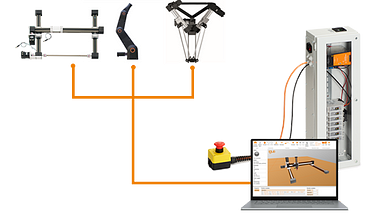UV-C robots: the disinfection of the future?
Adriana Glazer | 5. May 2021
Especially now, preventive hygiene measures, or hygiene management, are in the spotlight. Especially in public facilities such as hotels, schools or hospitals, they play an indispensable role. Disinfection robots can provide a remedy here. But how safe is this new technology and is the use of robots worthwhile for public institutions? Time to take a closer look at the topic.
Classical disinfection measures regularly reach their limits in the case of germs
Well-functioning hygiene management is indispensable in hospitals, as poor hygiene leads to the transmission of diseases. Hospital germs are a great danger to our health, especially for patients with weakened immune systems. For this reason, patient rooms, operating theatres and waiting rooms should not only be disinfected regularly but thoroughly.
The major disadvantage of classical scrub-and-wipe disinfection, in which disinfectants are applied to surfaces by staff, is the development of resistance by germs to the disinfectants used.
UV-C robots revolutionise disinfection
UV-C radiation is a high-energy, short-wave radiation and is produced by filtering it out via the ozone layer. It is able to deactivate any bacteria and viruses by penetrating deep into the DNA or RNA of the appropriate germ and damaging it. With this process, germs can be neutralised on surfaces and even in the air.
Autonomous disinfection robots could become a standard hygiene measure in the future, especially in public facilities. The robots equipped with UV-C light can move autonomously through rooms and clean them thoroughly within a few minutes. A major advantage of the robots is that they are environmentally friendly and do not harm health. In the passageway, they are supposed to disinfect the air and surfaces without the use of alcoholic or chemical agents. Before use, due to current safety regulations, one person must ensure that the room is free of people and ready for use.
Cost-effective disinfection robots in Low Cost Automation – Test before invest
In our igus Customer Testing Area we built and tested a prototype of a UV-C robot at the request of a customer. The robolink DP with UV-C light travels on a drylin ZLW linear unit, the so-called seventh axis, for more freedom of movement for the robot.

Mobile robot platforms from various manufacturers are suitable for mobile robot solutions. You can find them on RBTX, our online marketplace for low-cost robotics.

The robot is controlled quite simply by the aid of the igus Robot Control system. In a short learning phase, the robot is moved into the room with a joystick or via a tablet, so that it can find all the target objects there, e.g. scan and memorise furniture using laser sensors.
The igus Robot Control is particularly suitable for beginners and requires no special programming knowledge.

The ReBeL robot from Low Cost Automation is ideally suited for service robotics. The cobot with an integrated unit does not require a switch cabinet and is capable of human-robot collaboration.

Conclusion: the past year in particular has shown the important role that preventive hygiene measures play, of course also in post-pandemic times. Let us not forget the lessons of the past year; let us be prepared for new viruses that may come. Fortunately, more and more manufacturers are offering solutions to optimise hygiene measures and nip bacteria and viruses in the bud. The technologies are already there, it is up to us to recognise and use them as standard.
Low Cost Automation offers a wide product range of cost-effective and flexible automation solutions. Especially for newcomers to robotics and automation, the purchase of a robot system is associated with many questions and potential risks. For individual advice or a free handling test of your application, please contact us. Please contact us!

